Table of Contents
Historical events like World War I and World War II made the world economic condition worsen especially the World War II that happened in the year 1939 to 1945. As a result of these devastating events there arose a need to have such Institutes that not only help countries to rebuild their Nation but also help them in their economic distress situations both long term and short term. As a result, International Economic Institutions like the International Monetary Fund (IMF) and World Bank came into existence. In this article, we will learn in detail about these institutes of economic importance
International Economic Institutions Introduction
World has become a global village where one country cannot proceed on its own because of resource constraints. Hence, it becomes important to regulate the dealings of the Nations with the establishment of some major international economic institutions. Such organisations have a wider and more dynamic role to play for the Welfare of the World Economy where both develop and developing Nation has to carry their operations hand in hand.
About International Economic Institutions
International Economic Institutes are the global level organisation responsible for controlling trade and economic growth in the whole world. Institutes like the International Monetary Fund (IMF) and World Bank were established with specified objectives. Although, each one of them has a different role to play. IMF and World Bank are also called Bretton Woods twins because they have come into existence as a result of the Bretton Woods Conference that was held in 1944 but both are having different perspectives. World Bank is majorly responsible for providing long-term loans and IMF is providing short-term loans in order to rectify the Balance of Payment crisis and short-term financial needs.
What is International Monetary Fund (IMF)?
The International Monetary Fund (IMF) is an international organisation that oversees the global financial system by following the macroeconomic policies of its member countries, especially those with an impact on exchange rates and the balance of payments. IMF’s objectives as stated in Article I of its Articles of Agreement are the following:
- To promote cooperation among member countries
- To increase trade among member countries and promote growth in employment and income
- To stabilise exchange rates and to avoid competitive devaluations
- To reduce restrictions on payments for trade
- To provide loans to help cover shortfalls in BoP, without hurting national or international interests
- To reduce the impact of the balance of payments crisis.
Members’ Quota in International Monetary Fund
Most of the IMF’s financial resources are collected through subscriptions of assigned quotas. “Each member country of the IMF is allotted a quota on the basis of the country’s respective size in the world economy. A member country’s financial commitment determines its voting strength and has a bearing on its access to IMF financing.”
Special Drawing Rights (SDR)
The Special Drawing Rights (SDR) is an international reserve asset, specially created to supplement its IMF’s member countries’ official reserves. Its value is based on a basket of five key hard currencies namely; the US dollar, euro, Chinese renminbi, Japanese Yen and pound sterling. SDRs are exchangeable for freely usable currencies.
What is World Bank?
The World Bank Group is the world’s foremost source of funding as well as a repository of knowledge for low-income countries. The World Bank was one of two major international institutions established during the Bretton Woods Conference in 1944. The World Bank’s mission is to aid developing countries and their inhabitants to achieve development and reduce poverty.
| Overview of World Bank | |
| Agreement | The United Nations Monetary and Financial Conference/Bretton Woods Agreement |
| Establishment Year | 1944 |
| Representative Countries (beginning) | 144 member countries |
| Operation initiation | 1946 |
| Previous name | IBRD (International Bank for Reconstruction and Development) |
| Current members | 189 |
The World Bank Group
There are five institutions in the World Bank Group (WBG) carrying out the different objectives for which the Bank was set up originally. The World Bank differs from the World Bank Group, in that the World Bank comprises only two institutions:
| The World Bank Group | |
| The International Bank for Reconstruction and Development (IBRD) | IBRD aims to reduce poverty in middle-income and credit-worthy poorer countries by promoting sustainable development through loans, guarantees, risk management products, and analytical and advisory services. The IBRD, as the original arm of the Bank, has been responsible for the reconstruction of post-war devastated economies |
| The International Development Association (IDA) | Established in 1960, the International Development Association (IDA) is a part of the World Bank that helps the world’s poorest countries. Its objective is to reduce poverty by giving interest-free loans and programmes that boost economic growth |
| International Finance Corporation (IFC) | The International Finance Corporation (IFC), an affiliate of IBRD, was established in 1956 so that greater advantage could be taken of private initiative in the launching of new capital projects. IFC aims at promoting private sector investments by both foreign and local investors |
| The Multilateral Investment Guarantee Agency (MIGA) | Established in 1988 with a capital of USD 1 billion, the Multilateral Investment Guarantee Agency (MIGA) supports direct foreign investment into a country by offering security against the investment in the event of political turmoil |
| The International Centre for Settlement of Investment Disputes (ICSID) | The International Centre for Settlement of Investment Dispute (ICSID) was established in 1966 as an autonomous international institution under the convention of the Settlement of Investment Disputes between nations |
What is UNCTAD?
During the course of the work, GATT earned the dubious distinction of serving the interests of developed nations only and was nicknamed the “Rich Men’s Club”. The United Nations Conference on Trade and Development (UNCTAD) is a body of the United Nations that aims to develop opportunities, investments and trade in developing countries. The UNCTAD was established in 1964 to perform the following functions:
- To promote international trade with a view to accelerating economic development
- To formulate principles and policies on international trade and related problems of economic development
- To negotiate multinational trade agreements
- To make proposals for putting its principle and policies into effect.
Conclusion
With the advent of international economic institutions, there comes an end to communism and the emergence of globalisation. These Institutes play a significant role in helping countries not only by giving them financial support but also the relative guidance and mentorship facilities. Institutes like the World Bank by its branch called International Development Association (IDA) provide help to the developing and under-developing nations, by providing loans at a 0% rate. On the other hand, IMF also provides short-term financial support for meeting up balance-of-payment crises and other short-term financial obligations. The institutes like UNCTAD focus on the development of international trade.

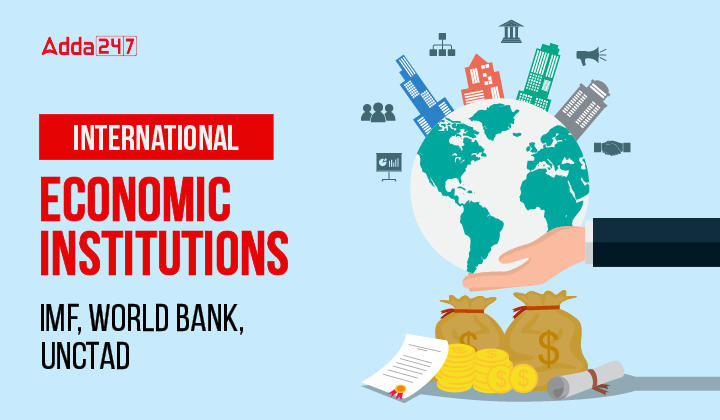
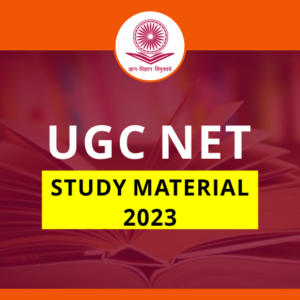

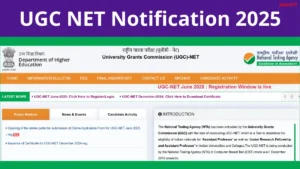 UGC NET Notification 2025 Out, Exam Date...
UGC NET Notification 2025 Out, Exam Date...
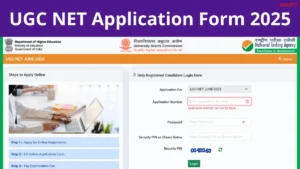 UGC NET Application Form 2025 Starts for...
UGC NET Application Form 2025 Starts for...
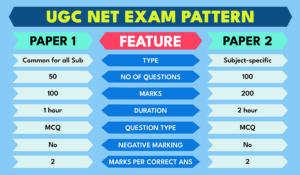 UGC NET Exam Pattern 2025 for Paper 1 an...
UGC NET Exam Pattern 2025 for Paper 1 an...














